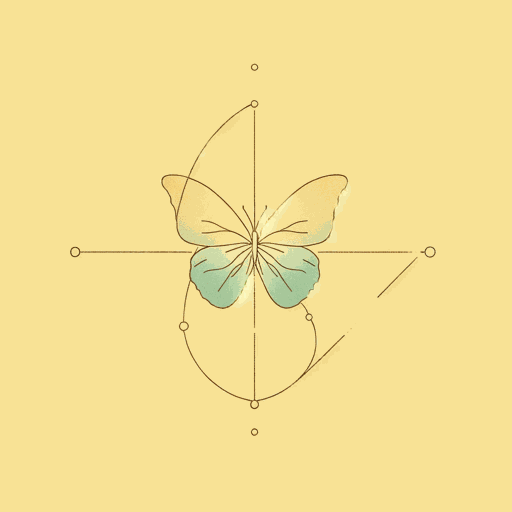53 pages • 1 hour read
James GleickChaos: Making a New Science
Nonfiction | Book | Adult | Published in 1987A modern alternative to SparkNotes and CliffsNotes, SuperSummary offers high-quality Study Guides with detailed chapter summaries and analysis of major themes, characters, and more.
Chapter 9-AfterwordChapter Summaries & Analyses
Chapter 9 Summary: “The Dynamical Systems Collective”
The Dynamical Systems Collective, sometimes called the Chaos Cabal, consisted of a group of physicists at the University of California, Santa Cruz—Robert Shaw, J. Doyne Farmer, Norman Packard, and James Crutchfield—who became pioneers in the field of chaos science. They were interested in this emerging field that was neither purely mathematics nor standard physics. Questions arose as to whether this new field was really science. Neither doctorates nor specific jobs were available in the field. Still, the idea that randomness could exist within deterministic systems, and vice versa, attracted them. Farmer suggested that the field might propose answers to philosophical questions as well.
To turn these various ideas about chaos into an academic program, they decided to investigate the possibility of whether unpredictability itself could be measured. By employing the Lyapunov exponent, an imported Russian idea that calculates the impacts of “stretching, contracting and folding in the phase space of an attractor” (253). They discovered that both randomness and stability could be identified and measured. This discovery led to the subfield of “information theory,” which, despite the name, describes “neither knowledge nor meaning” but rather what can be transmitted accurately across systems (255). This way of examining information looked at the random noise within such transmissions as much as the decipherable bits.
Featured Collections
Animals in Literature
View Collection
Appearance Versus Reality
View Collection
Business & Economics
View Collection
Health & Medicine
View Collection
National Book Awards Winners & Finalists
View Collection
Order & Chaos
View Collection
Philosophy, Logic, & Ethics
View Collection
Pulitzer Prize Fiction Awardees &...
View Collection
Science & Nature
View Collection

